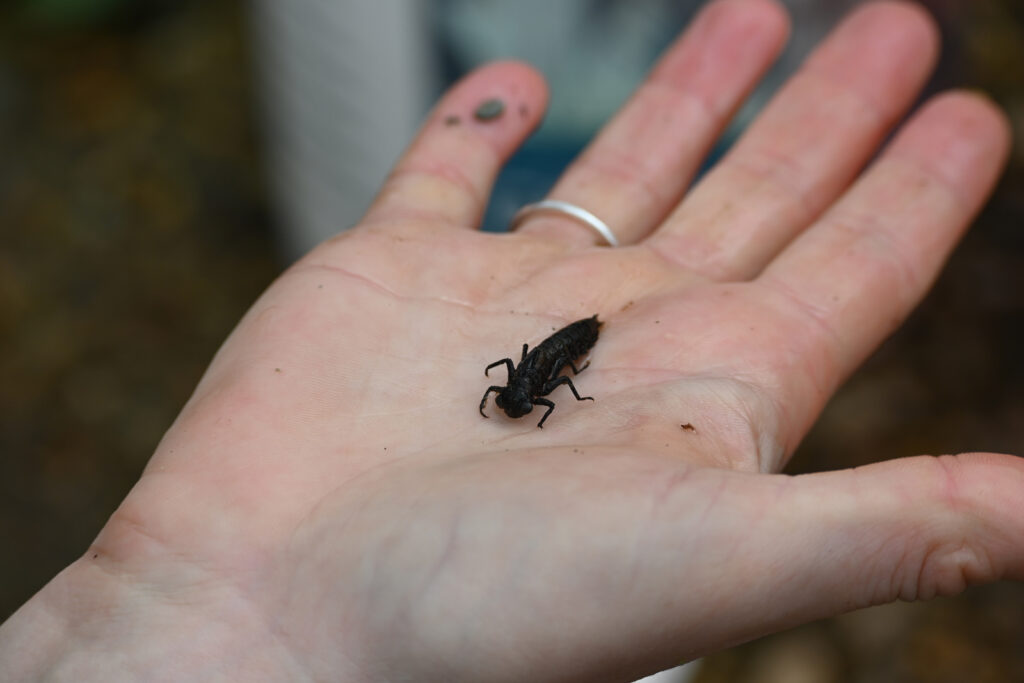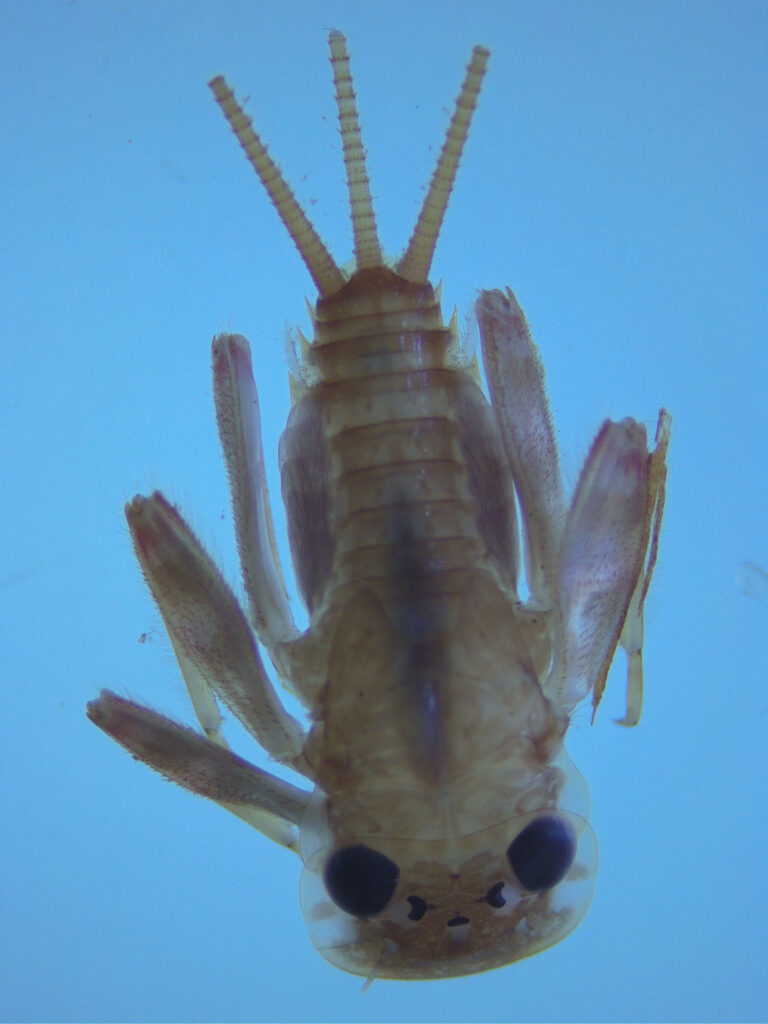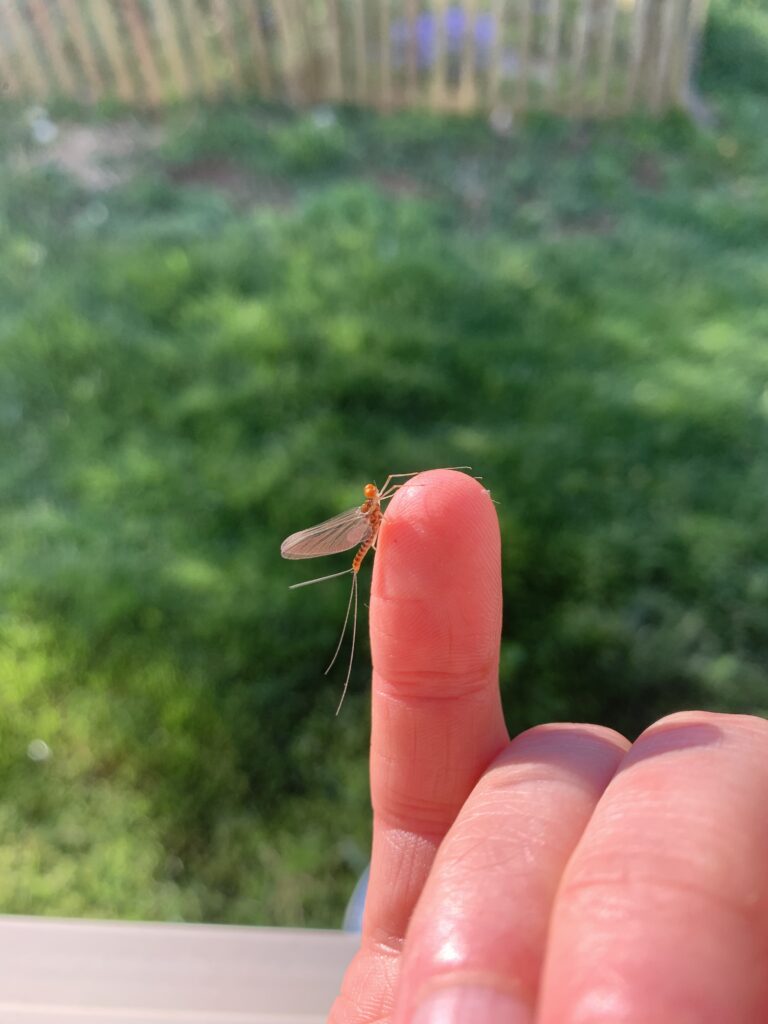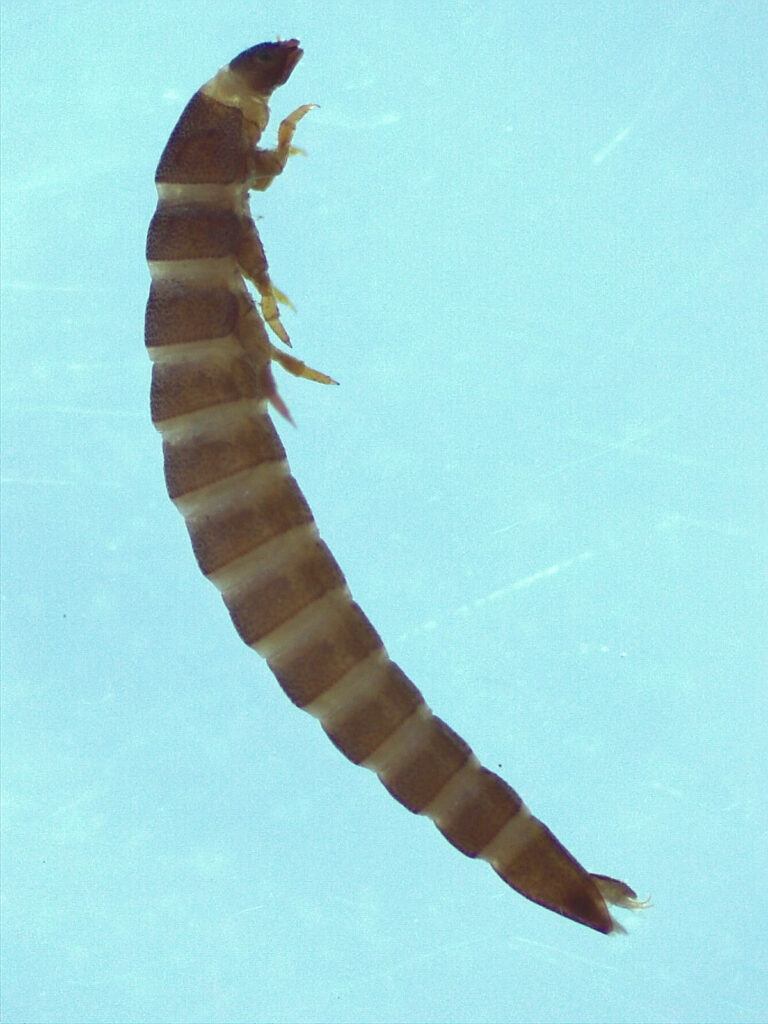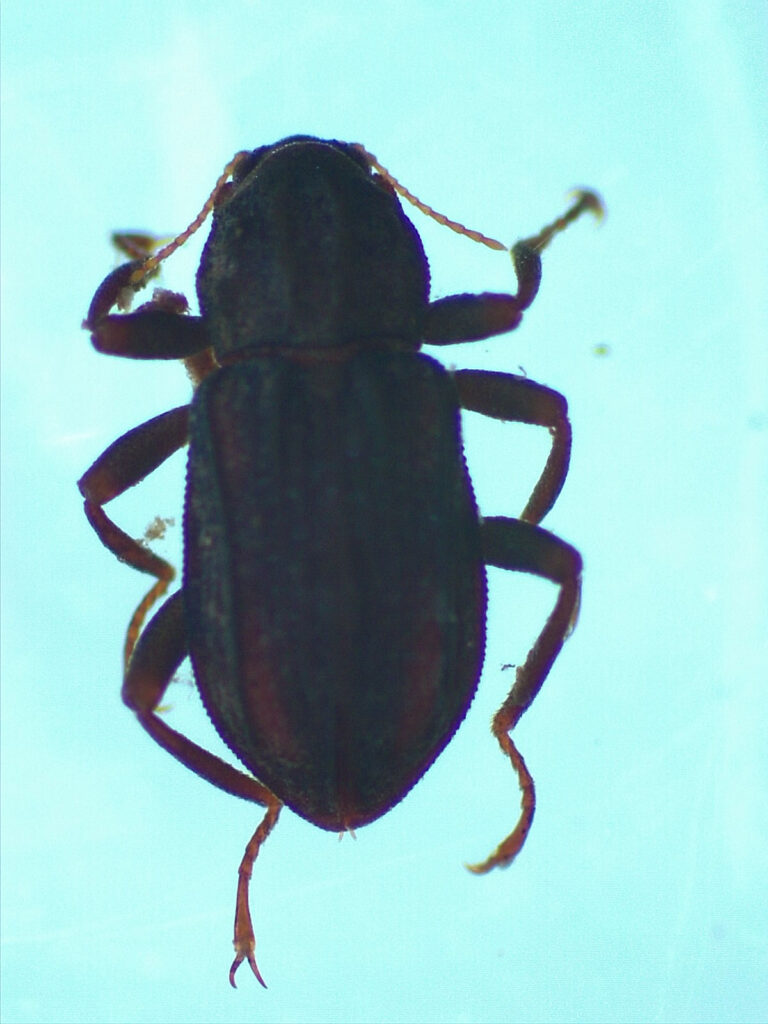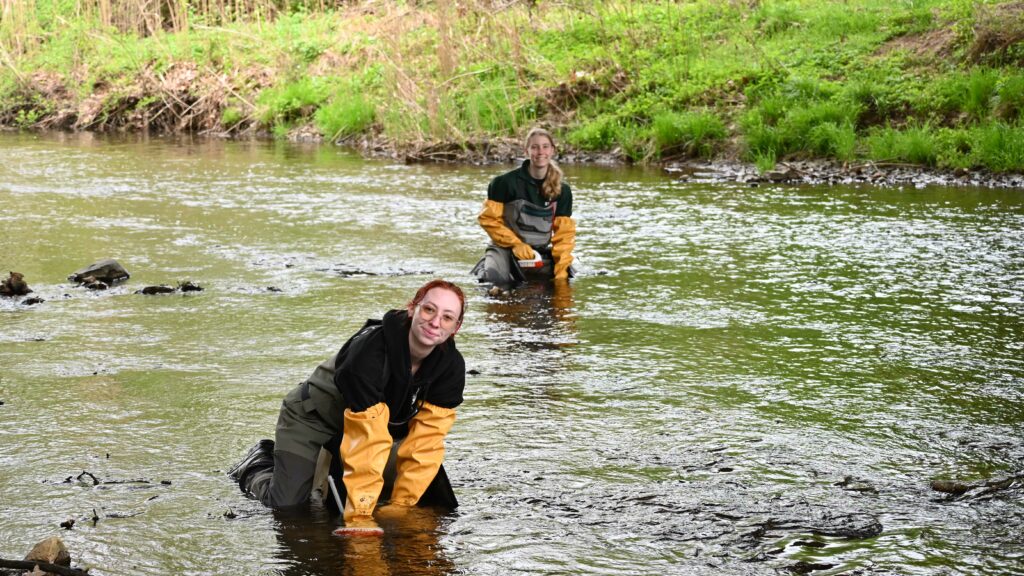By Watershed Protection Program Co-op Sally Ehlers
Have you ever heard of the New Zealand mudsnail (Potamopyrgus antipodarum)? These tiny creatures, each just a few millimeters long, are causing big problems in some Pennsylvania streams and rivers.
The New Zealand mudsnail is an invasive species, which means it is not native to the area where it is now living. This species is native to the freshwater streams and lakes of New Zealand and neighboring islands. They do not cause any trouble there because native parasites and predators keep their populations from growing too large.
However, in the United States, this species has no natural parasites or predators, which allows populations to explode in waterways where they are introduced. This species was first discovered in the United States in the late 1980s, and it has since spread to many different parts of the country, arriving in Pennsylvania in 2006. In Pennsylvania, New Zealand mudsnails have been found in several rivers and tributaries, including the Schuylkill River, Wissahickon Creek, and Wyomissing Creek.
You can identify these snails by looking at their rice-sized shells. New Zealand mudsnails are right-handed which refers to their shell’s coiling direction. When viewed from the top, the shell of a right-handed snail coils clockwise. They also typically have five to eight whorls, or complete rotations of the spiral shell.
One of the reasons the New Zealand mudsnail is such a threat is that it reproduces asexually, so it only takes one snail to spread the population to a new waterway. A single snail can produce thousands of offspring in just one year. In some infested waters, these snails can reach densities of hundreds or even thousands of snails per square foot. That means they can quickly take over habitats and outcompete other species for food and space. One concern is that they could be displacing other snail species that are important food sources for fish and other animals. They also eat a lot of green algae which can result in altered nitrogen levels in the waterway. Changes can potentially hurt the ecosystem’s health because too little nitrogen can stunt plant growth while excess nitrogen can lead to eutrophication.
These snails can attach themselves to boats, fishing gear, and other equipment. This means that people who fish or kayak in an area with New Zealand mudsnails could unknowingly transport them to other waterways, spreading the invasion even further.
So what can be done to stop the spread of these snails? One important step is to clean your gear thoroughly if you’ve been in contact with infested waterways. This means washing your boots, waders, and other gear. Techniques known to effectively disinfect gear from these mudsnails include putting your gear in the freezer for at least six hours or soaking it in really hot water (greater than 120 degrees Fahrenheit) for at least five minutes. Another way is to soak your gear in chemicals, either a 50/50 mixture of water and Formula 409® Cleaner Degreaser Disinfectant or 2% Virkon Aquatic, for 20 minutes. It is important to note that other cleaning agents, like bleach, are not as effective against New Zealand mudsnails.
The New Zealand mudsnail is a significant issue in some Pennsylvania waterways. By taking steps to prevent their spread, we can help protect our native ecosystems and the animals that depend on them. WCT’s Watershed Protection team has not found any New Zealand mudsnails in Ridley, Crum, or Darby Creek to date, but they continue to check and clean their equipment thoroughly whenever they are working in the field.
If you find a New Zealand mudsnail, report it to Pennsylvania Fish and Boat Commission by calling 815-359-5163 or visiting their website.
References:
“New Zealand Mud Snail,” Pennsylvania Fish and Boat Commission,
https://www.fishandboat.com/pages/New-Zealand-Mudsnail.aspx
“PFBC Urges Anglers and Boaters to Help Prevent Spread of Invasive New Zealand Mudsnails,” Pennsylvania Pressroom, https://www.media.pa.gov/pages/fish-and-boat-commission-details.aspx?newsid=445
“Potamopyrgus antipodarum,” U.S. Geological Survey, https://nas.er.usgs.gov/queries/factsheet.aspx?SpeciesID=1008
“Potamopyrgus antipodarum (New Zealand mudsnail),” CABI Compendium,
https://www.cabidigitallibrary.org/doi/10.1079/cabicompendium.43672#toimpactEnvironmental
